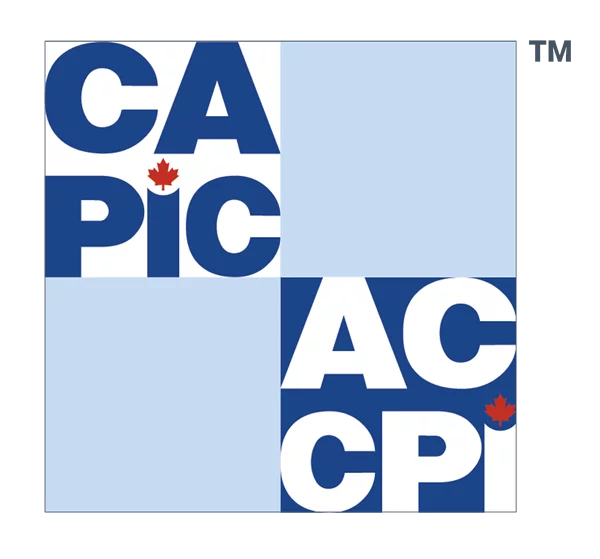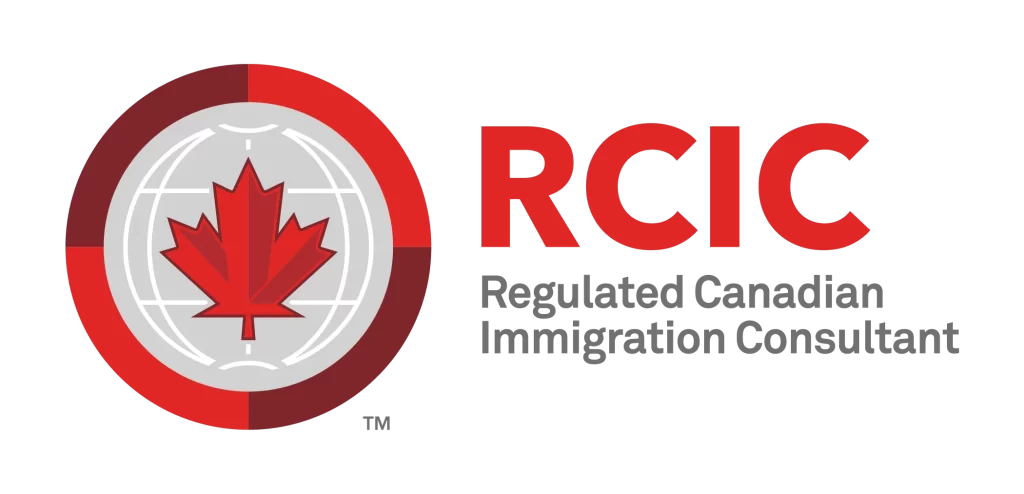The Canadian Federal Government introduced a new system in January 2015 that rendered nullified the ‘first come, first serve’ based immigration process Entry is a system that helps applicants in submitting their profiles and documents online where they are processed and checked to pick out the best ones eligible for the immigration program. Candidates’ profiles are ranked against each other according to a points-based system called the Comprehensive Ranking System (CRS). The candidate who gets the highest rating is sent an invitation to apply for permanent residence and must submit the processing fee within 60 days.
Express Entry for Skilled Immigrants
There is also no cap on the number of Express Entry applications that will be accepted. However, the numbers selected each year will depend on Canada’s annual immigration levels.
Skilled immigration applicants can use the Express Entry system to apply for permanent residence under one of four economic immigration programs.
Federal Skilled Worker Program
Federal Skilled Trades Program
Canada Experience Class Program
Provincial Nominee Program (Certain components)
Applying for permanent residence through the Express Entry system consists of two steps.
Step 1: Create an Online Express Entry Profile
Applicants will use their online Express Entry profiles to provide information to Immigration Refugee and Citizenship Canada regarding their:
Work experience
Education
Language abilities
Skills
Other personal information relevant to the assessment of their application
Those who successfully meet the criteria of one of the three skilled immigration programs mentioned above will be accepted into a pool of candidates. It is important to note that successful admission to the candidate pool does not automatically result in an invitation to apply for permanent residence (ITA). Receiving an ITA will depend on the factors listed below.
Applicants who already possess a job offer supported by a Labour Market Impact Assessment (LMIA), will have a greater chance of obtaining an ITA. Those who have been nominated for permanent residence by a provincial government will also have an increased chance of success. Candidates who do not have a job offer, LMIA or provincial nomination can register with Employment and Social Development Canada’s Job Bank, however, this is not mandatory. The Job Bank will help put candidates in touch with employers. Candidates should also use other independent means to seek employment while in the candidate pool.
Step 2: Obtain an Invitation to Apply for Permanent Residence (ITA)
All applicants in the Express Entry pool will be ranked against each other using a points-based system called the Comprehensive Ranking System (CRS). Under the ranking system, applicants are awarded points based on.
Their skills
Their work experience
Whether they have a job offer
Whether their job offer is supported by a LMIA or meet the alternative requirements
Whether they have been nominated for permanent residence by a provincial government
Candidates who receive the highest CRS scores will be offered an ITA. Once a candidate receives an ITA, he or she will have 60 days to submit an online application for permanent residence.
Candidates who do not receive an ITA may remain in the candidate pool for 12 months. After 12 months in the pool, candidates must create a new online Express Entry Profile. Candidates will only be allowed to create a new profile if they continue to meet the relevant criteria for their chosen skilled immigration program.
Express Entry for Skilled Immigrants
The Express Entry system enables the candidates to acquire visas and get permanent residence in Canada who are most likely to contribute to its economy and serve the country well.
Within the period of 6 months, 80% of applications are processed, skilled immigrants included. The numbers selected each year will depend on Canada’s annual immigration levels.
There are 4 Economic Immigration Programs viable for skilled immigrant
Express Entry for Skilled Immigrants
There is also no cap on the number of Express Entry applications that will be accepted. However, the numbers selected each year will depend on Canada’s annual immigration levels.
Skilled immigration applicants can use the Express Entry system to apply for permanent residence under one of four economic immigration programs.
Federal Skilled Worker Program
Federal Skilled Trades Program
Canada Experience Class Program
Provincial Nominee Program (Certain components)
Applying for permanent residence through the Express Entry system consists of two steps.
Step 1: Create an Online Express Entry Profile
Applicants will use their online Express Entry profiles to provide information to Immigration Refugee and Citizenship Canada regarding their:
Work experience
Education
Language abilities
Skills
Other personal information relevant to the assessment of their application
Those who successfully meet the criteria of one of the three skilled immigration programs mentioned above will be accepted into a pool of candidates. It is important to note that successful admission to the candidate pool does not automatically result in an invitation to apply for permanent residence (ITA). Receiving an ITA will depend on the factors listed below.
Applicants who already possess a job offer supported by a Labour Market Impact Assessment (LMIA), will have a greater chance of obtaining an ITA. Those who have been nominated for permanent residence by a provincial government will also have an increased chance of success. Candidates who do not have a job offer, LMIA or provincial nomination can register with Employment and Social Development Canada’s Job Bank, however, this is not mandatory. The Job Bank will help put candidates in touch with employers. Candidates should also use other independent means to seek employment while in the candidate pool.
Step 2: Obtain an Invitation to Apply for Permanent Residence (ITA)
All applicants in the Express Entry pool will be ranked against each other using a points-based system called the Comprehensive Ranking System (CRS). Under the ranking system, applicants are awarded points based on.
Their skills
Their work experience
Whether they have a job offer
Whether their job offer is supported by a LMIA or meet the alternative requirements
Whether they have been nominated for permanent residence by a provincial government
Candidates who receive the highest CRS scores will be offered an ITA. Once a candidate receives an ITA, he or she will have 60 days to submit an online application for permanent residence.
Candidates who do not receive an ITA may remain in the candidate pool for 12 months. After 12 months in the pool, candidates must create a new online Express Entry Profile. Candidates will only be allowed to create a new profile if they continue to meet the relevant criteria for their chosen skilled immigration program.
Express Entry Immigration Draws
The Express Entry system assists the applicants of Canadian Immigration with faster processing and fruitful results. Through this platform, you can prepare and submit your profiles and start the process of the permanent residency program. The candidate’s eligibility is ranked through the Comprehensive Ranking System.
- Create your Express Entry profile
- Submit the profile to the Express Entry system
- Receive your invitation to apply
- Apply for Permanent Residence in Canada
Comprehensive Ranking System (CRS)
All the skilled immigrants are placed together in a pool of immigrants to start processing the eligibility criteria through CRS, determining the best qualities of candidates and who will receive the invitation to apply for the permanent residency program.
Applicants are given points based on the following factors:
- Age
- Education
- Language proficiency
- Canadian work experience
- Language proficiency, education, and Canadian work experience of the applicant’s spouse or common-law partner
- Arranged employment (validated job offer)
- Provincial government nomination for permanent residence
- Sibling in Canada
- Certain combinations of language skills, education, and work experience that result in a higher chance of the applicant becoming employed (skill transferability).
After the content already on Comprehensive Ranking System (CRS)
All the skilled immigrants are placed together in a pool of immigrants to start processing the eligibility criteria through CRS, determining the best qualities of candidates and who will receive the invitation to apply for the permanent residency program.
Applicants are given points based on the following factors:
Age
Education
Language proficiency
Canadian work experience
Language proficiency, education, and Canadian work experience of the applicant’s spouse or common-law partner
Arranged employment (validated job offer)
Provincial government nomination for permanent residence
Sibling in Canada
Certain combinations of language skills, education, and work experience that result in a higher chance of the applicant becoming employed (skill transferability).
Using these factors, applicants will be given a score out of a maximum of 1,200 points. The highest-ranked applicants will receive an invitation to apply for permanent residence (ITA) during period draws.
The CRS prioritizes applicants who are likely to successfully settle and have a positive economic impact within Canada. For this reason, having an approved job offer or a provincial nomination for permanent residence will have a very positive impact on an applicant’s score.
Having an approved job offer in a managerial field (National Occupation Classification 00) is worth 200 points, while all other job offers (NOC O, A, B) are worth 50 points. Both points allocations will serve to significantly strengthen a candidate’s profile.
A provincial nomination will automatically result in 600 points being given to an applicant. This allocation of points will almost always guarantee that a candidate will receive an invitation to apply for permanent residence.
Invitations to Apply for Permanent Residence (ITAs)
This invitation ensures the person is eligible to apply for permanent residence in Canada and will be notified by Immigration, Refugee, and Citizenship Canada (IRCC) regarding the process of the application and applying for the specific skilled immigration program.
After receiving ITA, the applicant is entitled to submit a full application for residence to meet a certain criterion. Sometimes, receiving ITA does not ensure full accountability of confirmation of the permanent residence program.
It is important to keep in mind that every piece of information provided must be valid with documentation, if found false by the higher authority then the profile will be rejected.
After the content on Invitations to Apply for Permanent Residence (ITAs)
Applicants who decline their ITAs will be placed back in the pool of candidates as long as they are still eligible for the Express Entry system. While in the pool, applicants should be sure to keep their personal information up to date.
Candidates in the pool should also seek opportunities to increase their Comprehensive Ranking Points Score score by:
Obtaining a job offer
Obtaining nomination for permanent residence by a provincial government
Improving their language test scores
Declining an ITA does not, in and of itself, have a negative effect on an applicant’s chances of getting another ITA in the future.
Candidates who fail to respond to an invitation to apply by either accepting or declining the invitation will be removed from the Express Entry pool.



